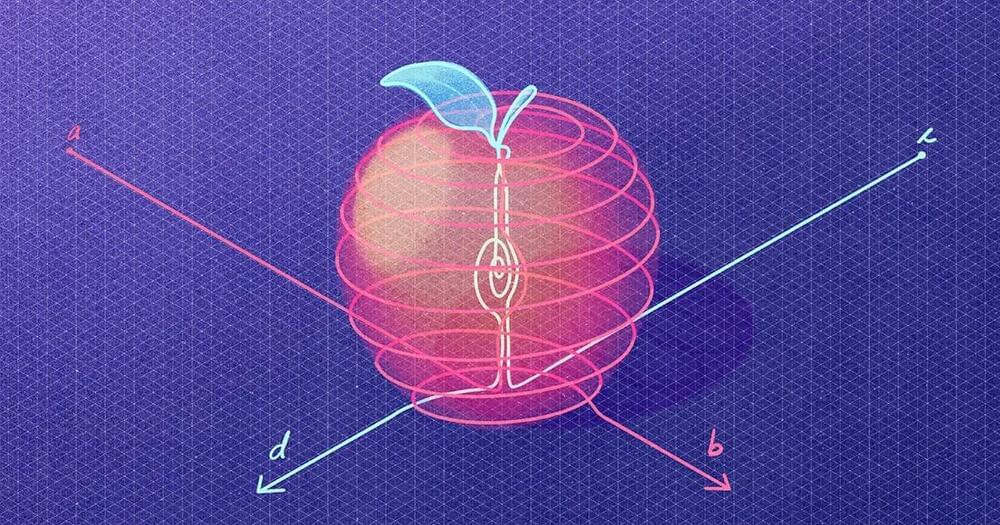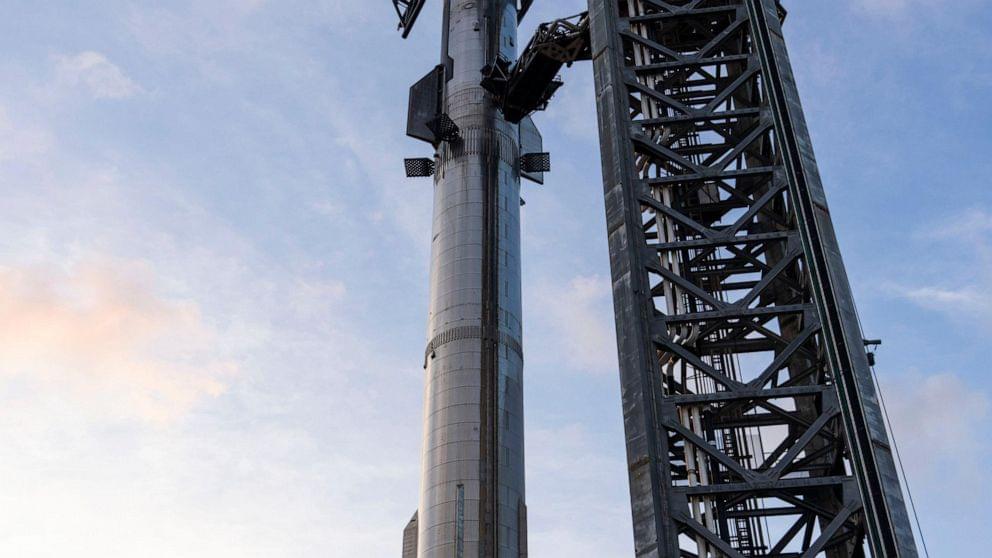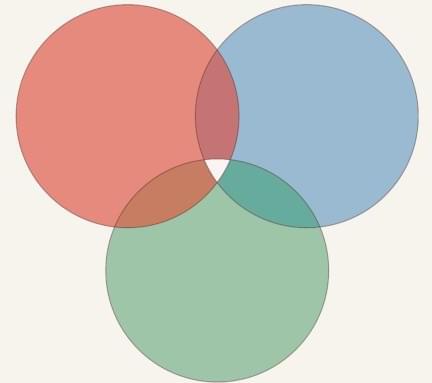By imbuing enormous vectors with semantic meaning, we can get machines to reason more abstractly — and efficiently — than before.



CAPE CANAVERAL, Fla. — SpaceX has cleared the final hurdle for launching its new giant Starship from Texas as early as next week on a first test flight.
The Federal Aviation Administration issued the long-awaited license on Friday. SpaceX announced that Starship — the world’s biggest and most powerful rocket — could soar as soon as Monday.
No people or satellites will be aboard the 394-foot (120-meter) rocket. SpaceX will attempt to send the spacecraft atop the colossal booster around the world, from the southern tip of Texas all the way to Hawaii. The first stage will be discarded in the Gulf of Mexico and the spacecraft into the Pacific. No landings will be attempted for this debut.

The yacht No Stress has five operating modes using two sources of power.
As the world goes ga-ga over the wonders of artificial intelligence (AI) and how it can improve our daily use apps and make them more intuitive, Italian ship maker Rossinavi has deployed the technology to ease the crew’s workload onboard its latest yacht, No Stress.
The nearly 164 feet (50 m) long super yacht has a sporty design and looks set to cruise the ocean waters with its fast-displacement hull form. However, the ship is making headlines because, under the hood, a computer system has been tasked to monitor and manage power consumption while the passengers look to de-stress away from their hectic lives.

The open-source project is based on a dataset of up to 180,000 annotated amateur drawings.
In the face of increasing competition, it appears that Meta is significantly upping its artificial intelligence (AI) game.
This open-source project is based on a dataset of up to 180,000 annotated amateur drawings. The company has made this dataset and animation code available for AI researchers and creators to use and innovate further.
Dusan Stankovic/iStock.
Following the release of the “Segment Anything Model,” the tech giant has unveiled yet another interesting and fun AI-based project. The project, called Animated Drawings, allows you to turn your doodles into animations. And it could be the next big thing.

Bedrock allows its users to build and scale generative AI applications like chatbots.
Becoming the latest actor to join the generative AI space race, Amazon Web Services (AWS) has launched Bedrock. Not to be confused with OpenAI’s ChatGPT or Google’s Bard which are AI-powered chatbots.
What Bedrock does is allowing users to build and scale generative AI applications such as chatbots, text generation, image generation using language prompts, etc. There’s a range of pre-trained models that the users can customize and embed their own data into and then integrate and deploy in applications using the AWS tools.

The travel and tourism sector has become a prime focus for cyberattacks in recent times, resulting in ransomware incidents arising from data breaches. Against this backdrop, cybersecurity concerns within the industry have escalated with a 4 pc year-on-year (YoY) rise in 2022, reflecting the prevailing sentiment, says GlobalData, a leading data and analytics company.
In its report, Company Filing Analytics Database, GlobalData says that sentiment for airlines, travel services, and lodging rose by 6 pc, 4 pc, and 1 pc, respectively, in 2022 over 2021.
“Companies are consistently working on information and network security projects to set up a reliable technical protection and security management mechanism to ensure customer security and prevent data leakage. A severe data security incident can lead to operational disturbances and cause significant financial damage to the business,” says Misa Singh, Business Fundamentals Analyst at GlobalData.




Our civilization has leveraged humanism, science, technology, and a can-do attitude to make our world radically better than it ever has been before. Yet unimaginable tragedies still happen on a continuous basis. We will keep seeking solutions, improving the world, and making progress. Data support the idea that we are on the way. I urge us all to not lose faith in the power of progress. It is vital for the future of every living creature that we keep using science to change the world for the better.
From the article: “It is wrong to think that these three statements contradict each other. We need to see that they are all true to see that a better world is possible.”
The world is much better. The world can be much better. All three statements are true at the same time.
Discussions about the state of the world too often focus on the first statement: The news highlights what is going wrong, rarely mentioning any positive development.
A pushback on this narrative takes it to the other extreme, which is equally damaging. Solely communicating the progress that the world has achieved becomes unhelpful, or even repugnant, when it glosses over the problems that are real today.